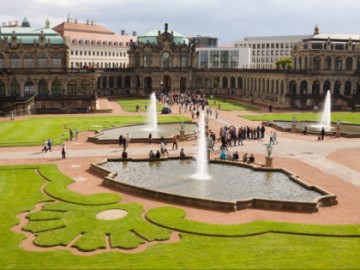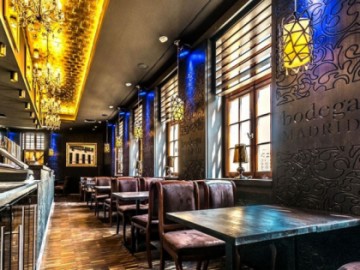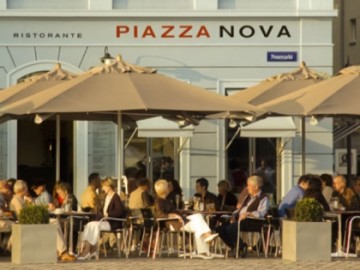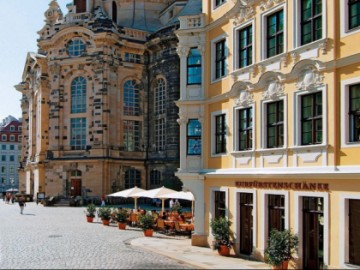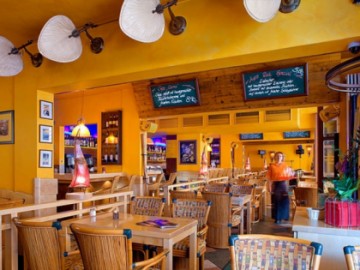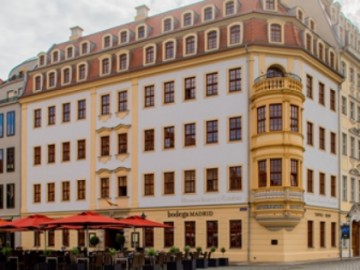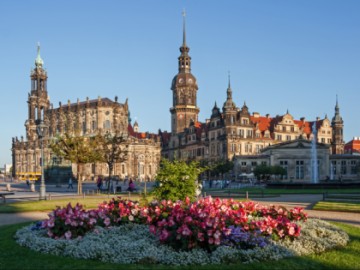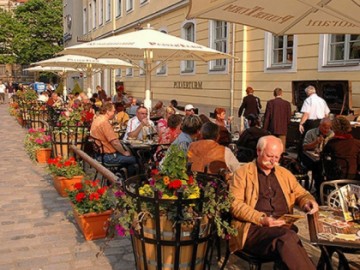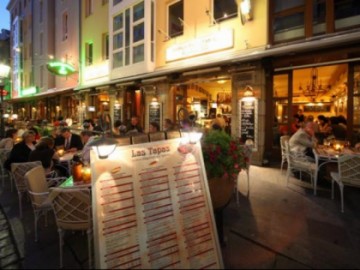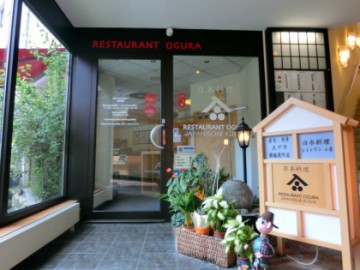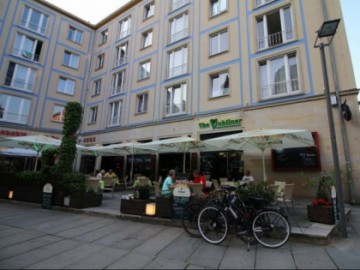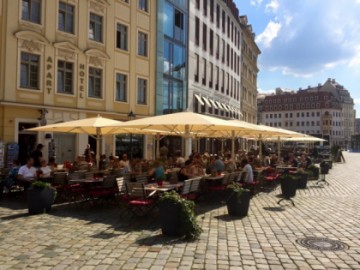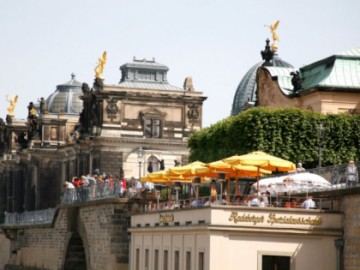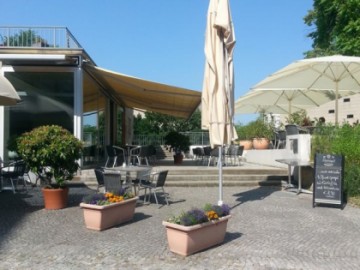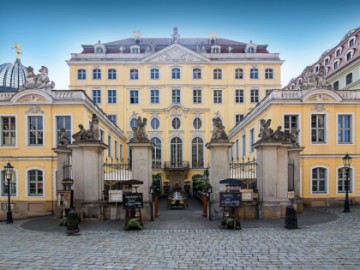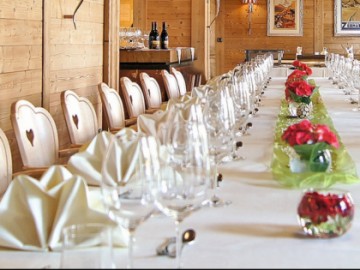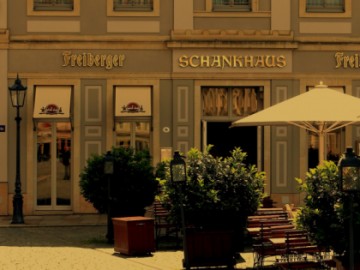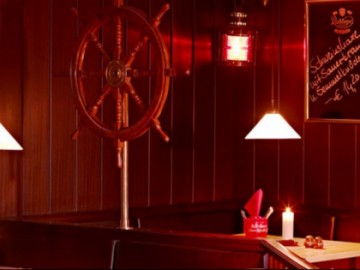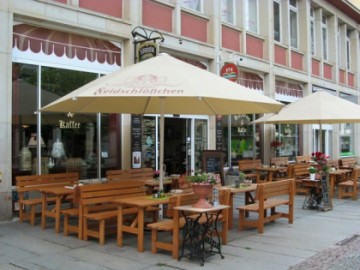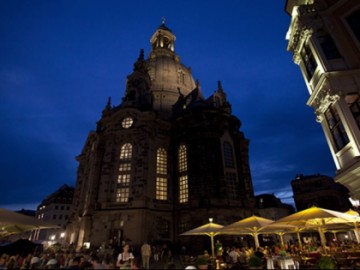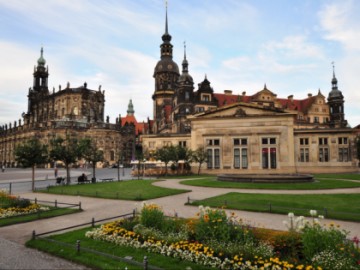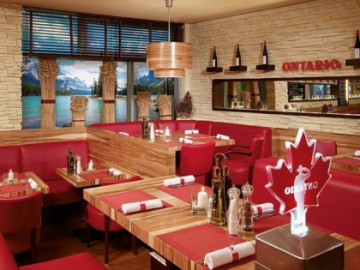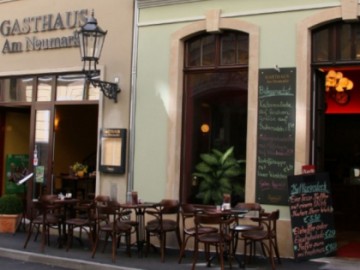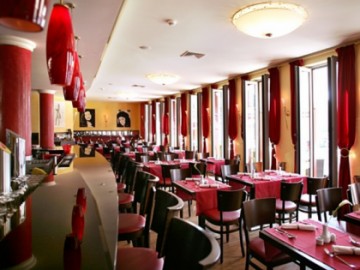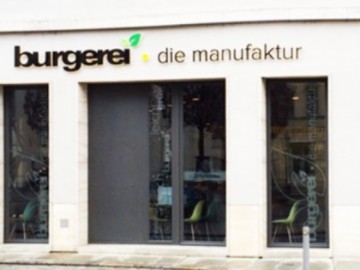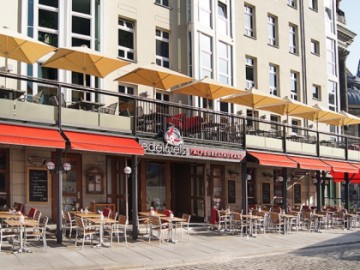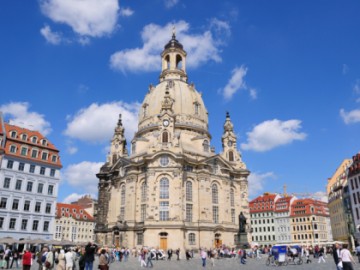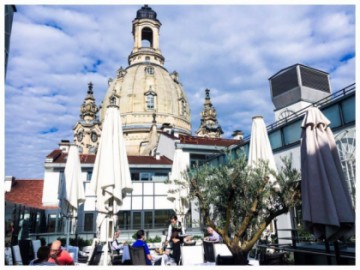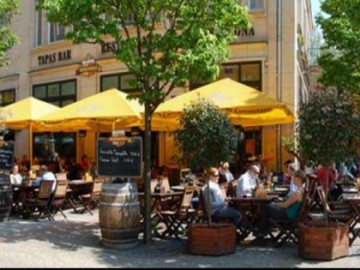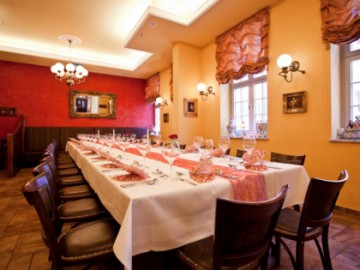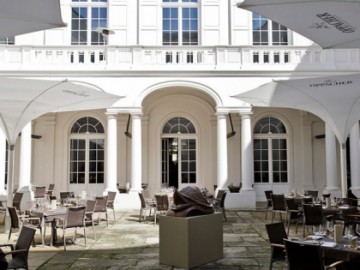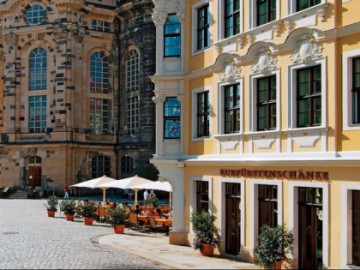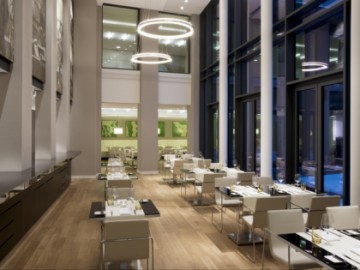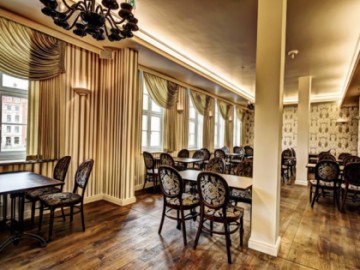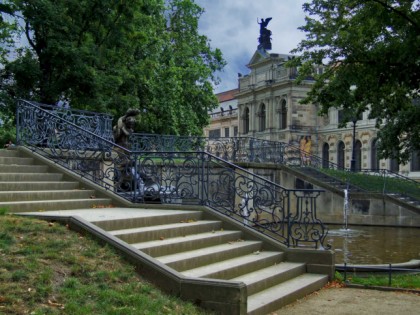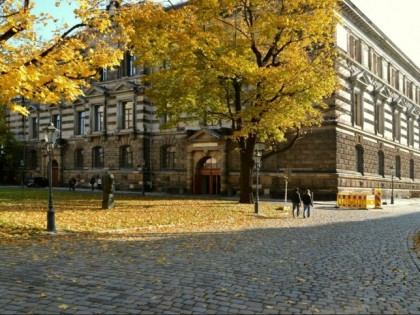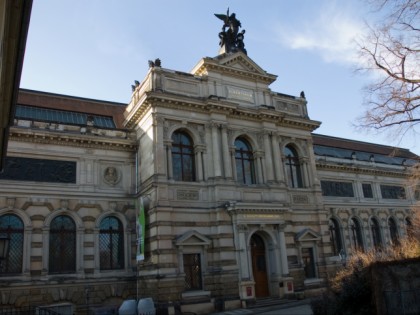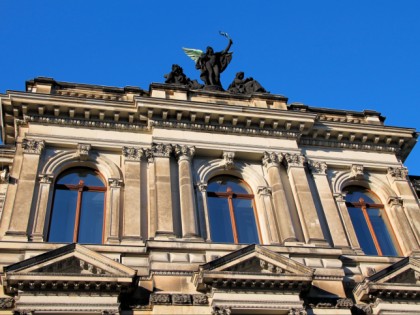Albertinum
Albertinum is a collection of paintings that is sometimes confused with the famous gallery of old masters in Zwinger. Albertinum is located in a palace that, in its turn, is a part of the architecture complex on the Elbe embankment, called Brühl’s Terrace (Brühlsche Terrasse). In the 18th century chancellor of Saxony Brühl created defense facilities in this location for repelling possible attacks from water. Later the embankment became the favourite place for strolls among townsfolk.
There was a time when there was a state armoury in Albertinum, but in the end of the 19th century it was reconstructed into an art museum upon the orders of the king of Saxony Albert. It was after him that the museum was called.
It is known that it was after a visit to Albertinum that Ivan Tsvetayev had an idea to create a museum of fine arts in Moscow (today Pushkin State Museum of Fine Arts). Unlike Zwinger, Albertinum hosts a collection of sculptures (including the Rodin’s famous work “The Thinker”) and works of the “new masters”: impressionists, post-impressionists, expressionists, abstractionists. The museum collection includes works by Edgar Degas, Claude Monet, Edouard Manet and other famous artists of the 19th-20th centuries. Works of art from porcelain, precious and semiprecious stones are also exhibited here.
